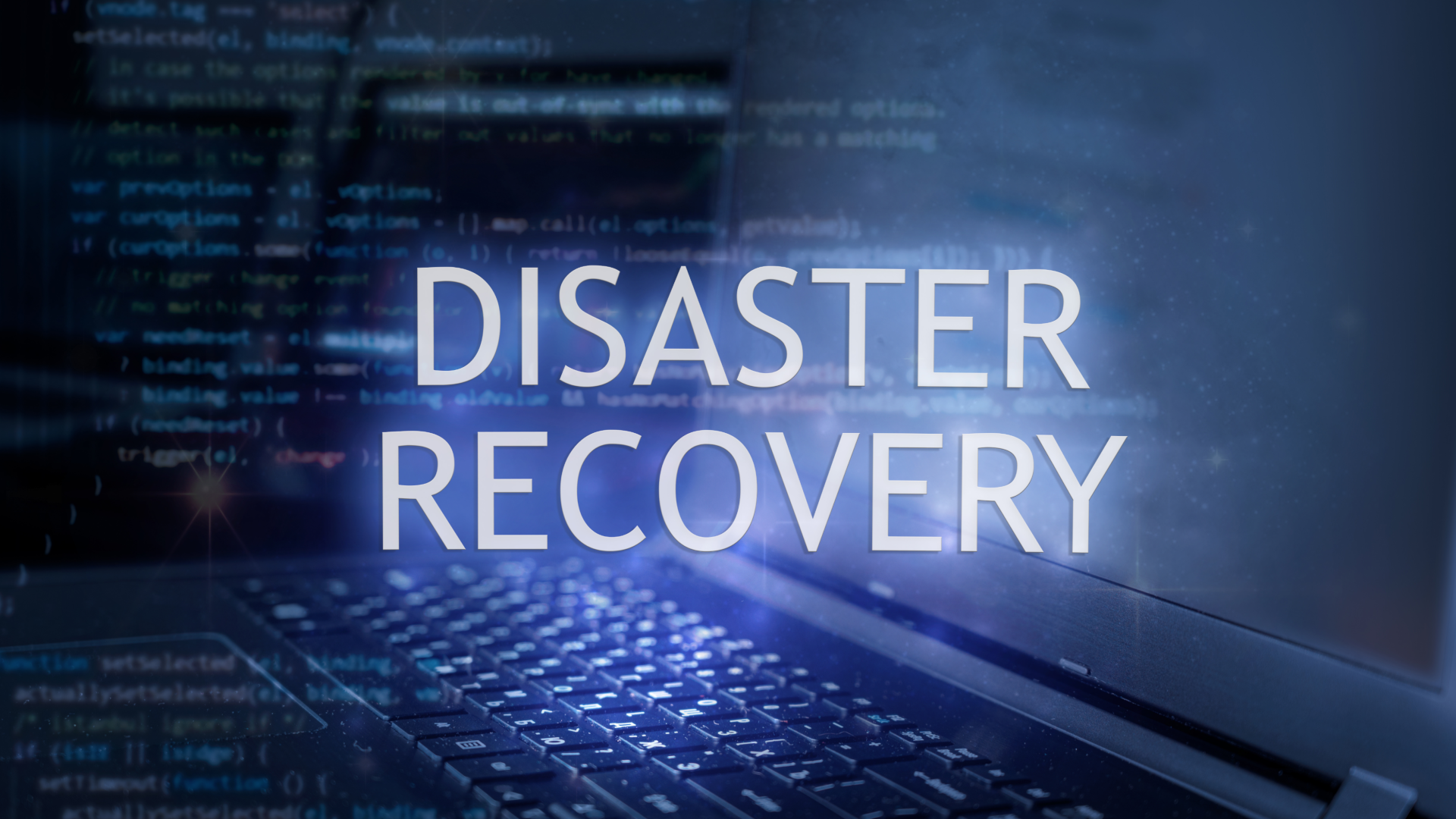Picture this: Your team has successfully containerized applications, adopted microservices, and migrated to the cloud. Yet somehow, deployments still take hours, scaling remains unpredictable, and that big AI initiative keeps hitting data bottlenecks.
If that sounds familiar, you’re not alone. For engineering and platform teams worldwide, this scenario plays out repeatedly. The pressure to modernize intensifies as:
customers expect seamless experiences
business stakeholders demand faster delivery
AI-powered applications introduce new layers of operational complexity
However, many data teams learn the hard way that updating UI layers and lifting applications into containers only addresses the surface issues. True transformation means fundamentally rethinking how operational data flows throughout the architecture: Without a fresh data foundation, even well-planned microservices end up with a bottleneck at the data layer.
That's why we've partnered with analyst firm Intellyx to develop a comprehensive modernization framework. This new report, “Modernizing Applications for Operational Data: Why Operational Data Strategy Is Key to Microservices, Resilience, and AI Readiness” explores how organizations can evolve their operational data strategy to support resilient, cloud-native applications built for the AI era.
Download the complete Intellyx report to discover how strategic data architecture drives successful transformation.
What is the hidden application modernization challenge?
Legacy systems weren't architected for today's digital landscape. Monolithic codebases trap teams in rigid release cycles, while centralized databases struggle with global distribution demands. As AI workloads enter the equation, these architectural constraints become even more restrictive, increasing the business risks of legacy apps.
App modernization unlocks significant advantages:
developer teams can ship updates independently through microservices
systems become inherently resilient through distributed design
infrastructure scales elastically with demand
applications gain true cloud-native portability across regions and platforms
However, poorly executed modernization efforts create their own hazards. Teams often end up managing fragmented data stores, wrestling with inconsistent transactions, and overwhelmed by operational complexity. The cost extends beyond technical debt – it manifests as customer frustration, stalled innovation, and widening competitive gaps. For organizations undergoing digital transformation, these risks can derail even the most carefully planned initiatives.
At Cockroach Labs, our experience working with enterprises in financial services, retail, gaming, and beyond confirms this pattern: When modernization stops at the container layer, the database quickly becomes the bottleneck.
Enterprises with a clear application modernization roadmap are best positioned to stay competitive, improve efficiency, address security risks, and support their future growth. This report shows how thoughtful operational data strategy amplifies every other initiative, from cloud adoption to AI integration. It provides valuable IT insights including:
architectural patterns that streamline modernization efforts
tested migration approaches for transitioning from monolithic to modular services
practical frameworks that align data architecture with business domains.
What application modernization roadblocks do teams encounter?
“Modernizing Applications for Operational Data” identifies recurring obstacles that consistently derail modernization projects:
Migration complexity – emerges when legacy databases resist online updates, forcing risky big-bang transitions and expensive planned downtime.
Architectural tensions – arise as microservices demand both service independence and cross-system coordination.
Global distribution challenges – surface when centralized data creates latency issues and compliance complications.
AI readiness gaps – appear as teams struggle to manage both operational and vector data across increasingly complex and independent infrastructures.
These issues materialize in production as delayed product launches, expensive system outages (planned or unplanned), and AI experiments that can’t scale to production. Solving them requires moving beyond tactical fixes toward a comprehensive operational data strategy.
This is where the distributed SQL architecture of CockroachDB comes into play: It addresses these exact challenges, enabling consistency, resilience, and scale without the fragility of legacy systems.
The Distributed Data Solution
The report centers on a simple premise, that operational data drives modern application success. It’s a blueprint with three core principles:
Data domain alignment – operational data domains mirror business domains
Microservice autonomy – each service manages its own data while maintaining global consistency
Distributed SQL foundation – ACID guarantees with horizontal scaling and multi-region resilience
This approach enables schema changes without downtime, transactional consistency across services, and unified operational and vector data management. The result: PostgreSQL compatibility preserves existing skills, Kubernetes operators simplify deployment, and a unified data platform reduces operational complexity.
By anchoring modernization efforts on CockroachDB, teams avoid introducing yet another specialized database into the stack. Instead, they gain a single resilient foundation that supports transactional workloads, vector search, and cloud-native scale all while retaining Postgres compatibility.
The strategy laid out in “Modernizing Applications for Operational Data” establishes a single foundation that simplifies everything from CI/CD pipelines to AI features – without adding database complexity.
Download the full report to learn how distributed data strategy powers resilient, future-ready applications.
David Weiss is Senior Technical Content Marketer for Cockroach Labs. In addition to data, his deep content portfolio includes cloud, SaaS, cybersecurity, and crypto/blockchain.






